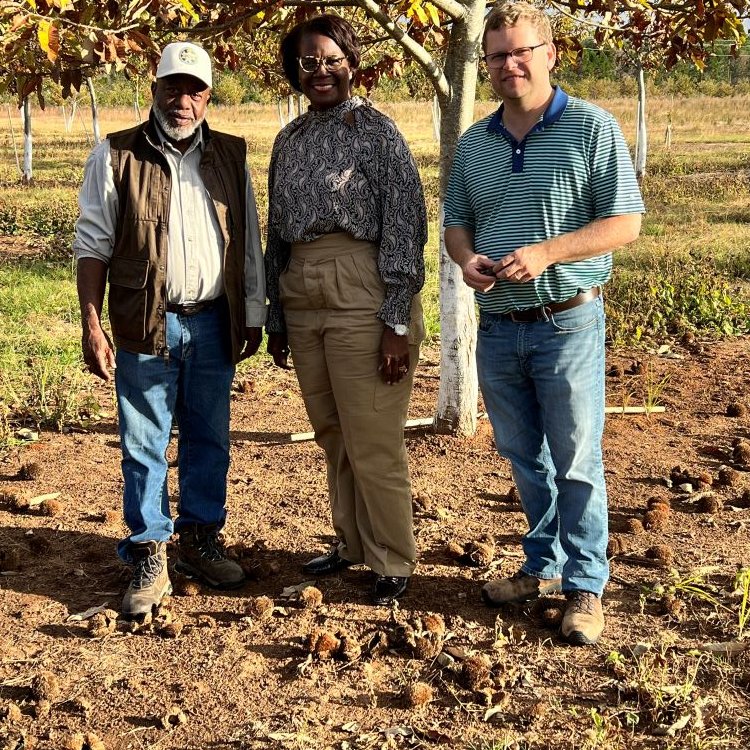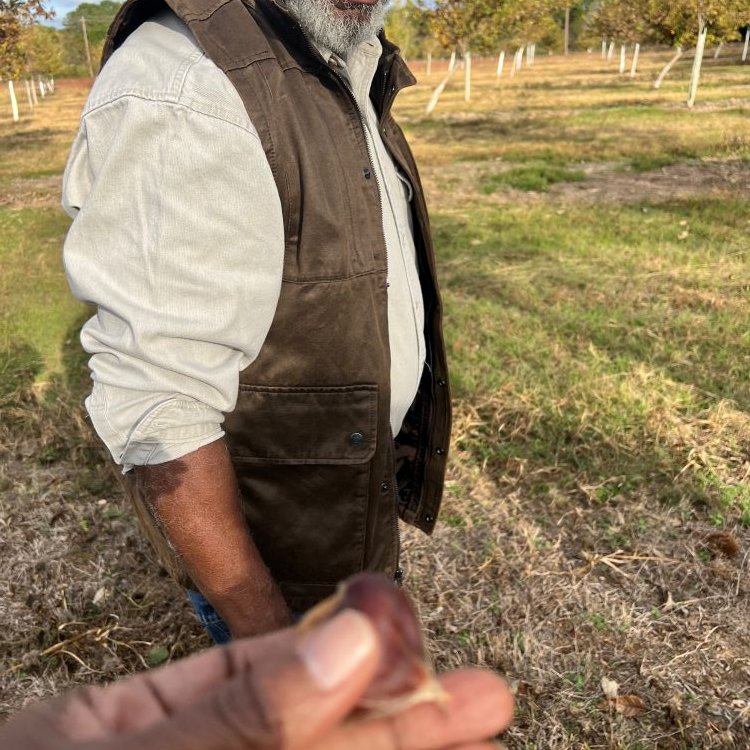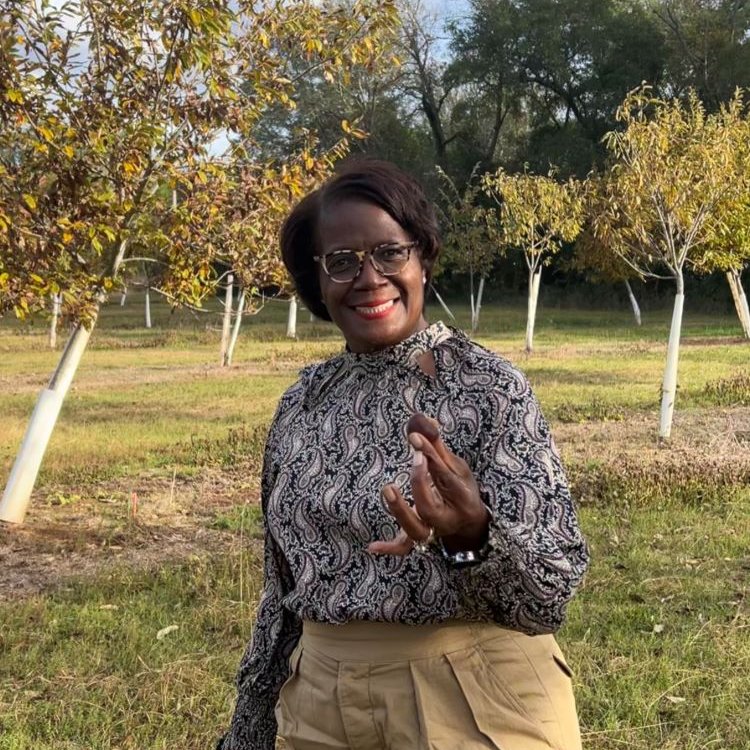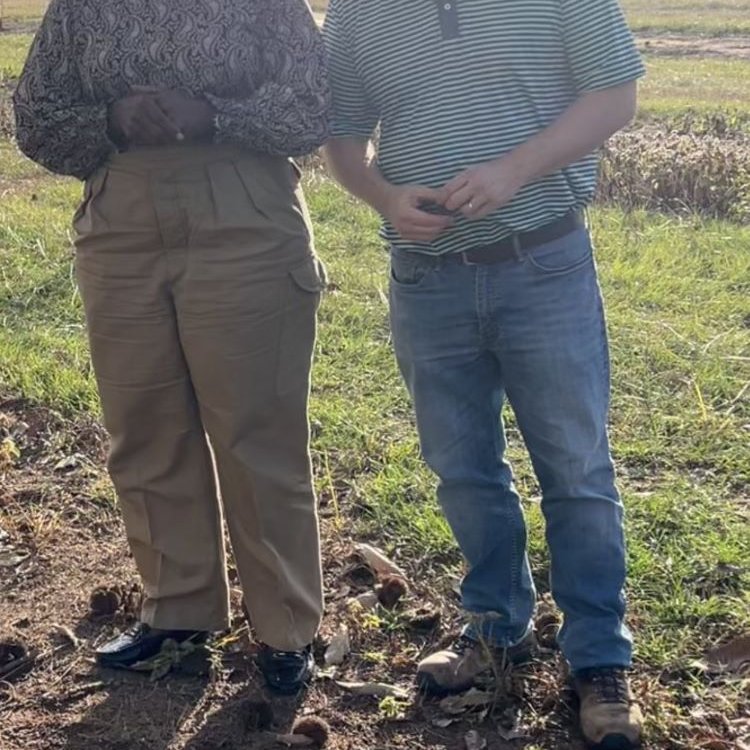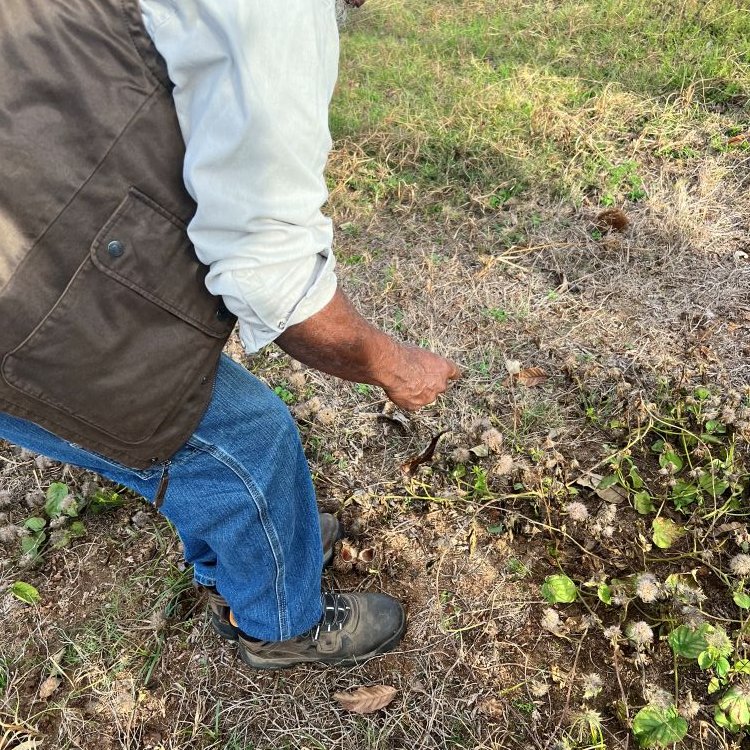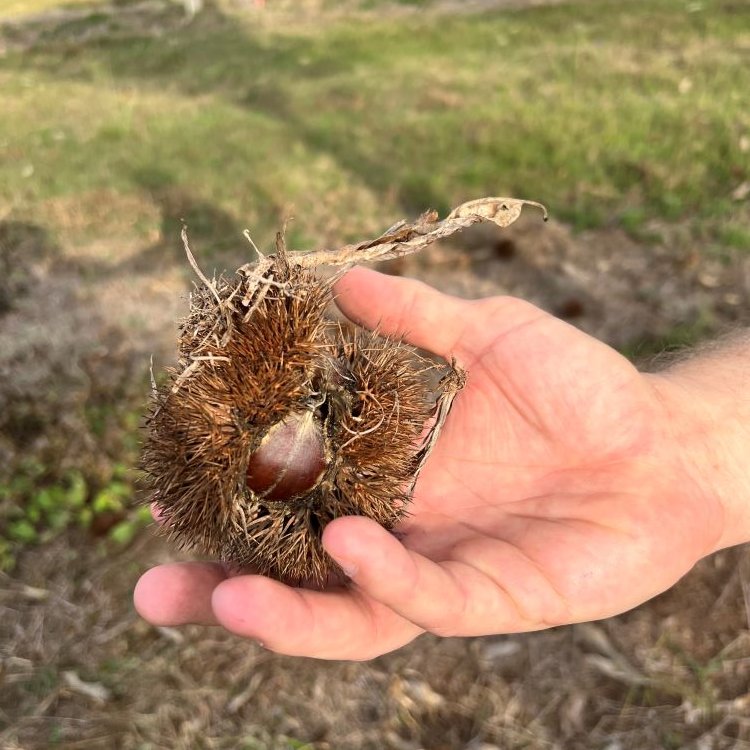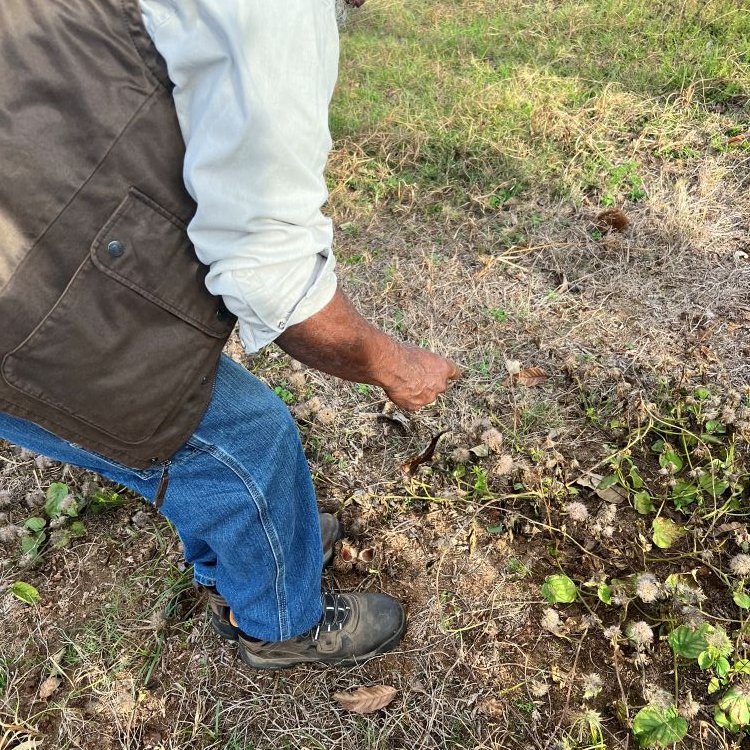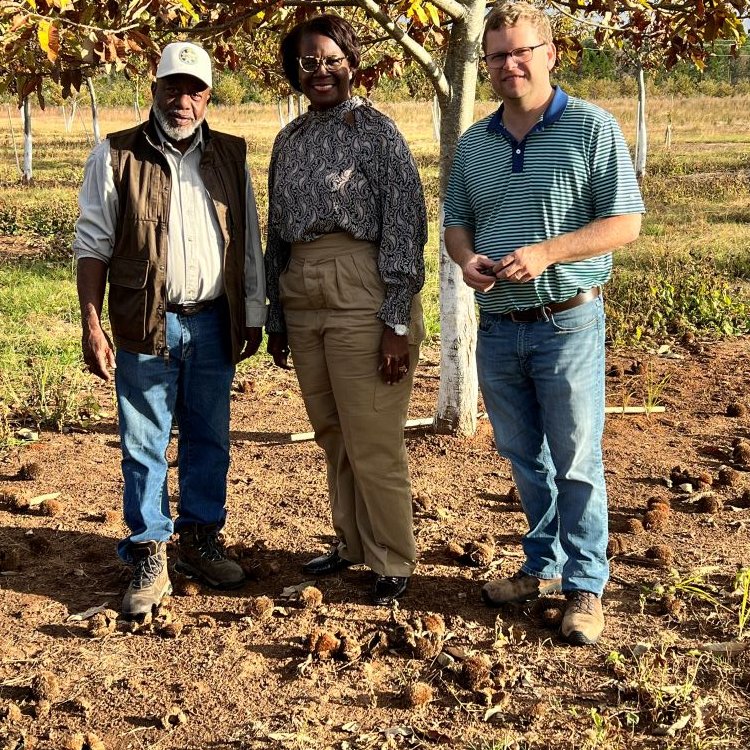Nestled within the sprawling landscape is a chestnut orchard that epitomizes the farm's commitment to diversified crops and conservation. As we embarked on a tour guided by Trey Pippin, the chestnut orchard unfolded before us, a testament to the symbiotic relationship between nature and agriculture. The benefits of cultivating diversified crops became evident as the orchard showcased a rich tapestry of chestnut trees interwoven with other complementary plants. This strategic diversity enhances soil health and mitigates the risk of pests and diseases, fostering a resilient and sustainable ecosystem.
This specialty crop distinguishes the farm and contributes to the local and regional agricultural landscape. Focusing on specialty crops creates niche markets, which allows farmers like Trey Pippin to thrive in a competitive farming industry. The chestnut orchard, with its carefully tended rows, symbolizes the dedication to quality and excellence that defines Pippin Farms.
Beyond the economic benefits, the tour also underscores Pippin Farms' commitment to conservation practices. These conservation efforts include water management, soil health practices, and the preservation of natural habitats. The chestnut orchard becomes a living example of how responsible farming can coexist harmoniously with nature, ensuring a lasting legacy for future generations.
Importantly, Pippin Farms, LLC, inspires underserved farmers by demonstrating that embracing diversified crops, specializing in unique produce, and prioritizing conservation practices can contribute to environmental well-being and serve as a viable source of income. By championing these principles, Trey Pippin paves the way for a more inclusive and sustainable agricultural landscape, empowering underserved farmers to participate actively in the industry.
The chestnut orchard stands as a living testament to the benefits of diversified crops, the significance of specialty crops, the rewards of conservation, and the potential for farm income to uplift underserved farmers. As you stroll through the rows of chestnut trees, it becomes clear that the future of agriculture lies in the hands of those who value the fruits of the land and its enduring vitality.

